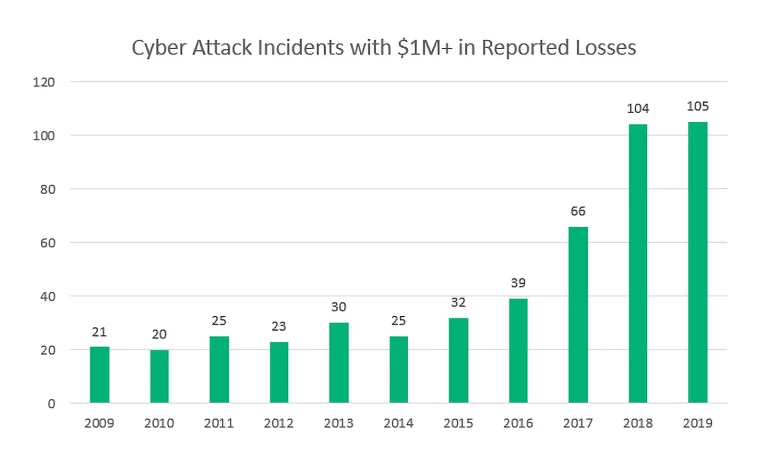What is a Cloud Migration Strategy?
A cloud migration strategy is a plan that an organization has to move current on-premises and/or co-located workload applications and related data to the cloud. This can, obviously, be a significant change for an enterprise, and one which requires several steps and careful planning to ensure the migration goes smoothly, without any major issues.
Let’s explore what a cloud migration strategy looks like and what the benefits of one are.
Cloud Migration Strategy: A Summary
A cloud migration strategy typically involves using platforms like Amazon Web Services (AWS), Google Cloud Platform (GCP), Microsoft Azure, or other public cloud providers. To carry out the migration, you need to prioritize workloads for migration, decide upon the correct plan for each individual workload, and then develop a pilot phase in the migration. This stage allows you to test and adjust your strategy based on the results of the pilot.
If the source and destination platforms share a similar architecture, then the effort and cost involved will be less compared to a situation when the platforms are different.
The desired scenario is a seamless transition from on-premises to cloud infrastructure, without affecting business operations.
How a Cloud Migration Strategy Works
When considering various cloud migration strategies, you need to think about the architecture and needs of each application. This will indicate to you the available skills, budget, and time frame needed to achieve your desired goals. This is the first step, and it may require a deep discovery stage for every instance of every application that you use.
The next step is to design milestones, goals, and reasonable durations for each of your tasks. You also want to understand the potential risks – the missteps and problems that might occur and how you would deal with them.
After this stage, an organization should have a pilot project in place. You could start with a rehosting or relocating phase. This will allow you to spot any issues and adjust for them.
To migrate at scale, your cloud migration strategy should include the following three methods of optimization:
- Tailor applications and their instances for peak performance
- Focus on operations and governance
- Have a well-trained and highly experienced managed services team in place that will oversee the migration
The Types of Cloud Migration Strategy
There is not one standard path to follow when carrying out a cloud migration strategy. You have several options, including:
- Relocating: this is basically rehosting, where you create a virtual copy of your data center in the cloud. It is the simplest kind of migration.
- Cold migration: this is when a workload is stopped, moved over to the cloud, and then restarted there. This option may work for you if you can turn off non-production workloads with minimal impact on your day-to-day operations.
- Live migration: when you transfer a running virtual machine (VM) or application to the cloud, without disconnecting the client or application.
- Replatforming: modifying or replacing certain aspects of an application to take advantage of the cloud provider’s features. For example, you might switch to managed services or replace commercial off-the-shelf software with an open-source version.
- Repurchasing: decommissioning an existing application and replacing it with an available cloud-based version from the cloud provider’s marketplace. Enterprises will often use this option if they have older on-premises finance, ERP, CRM, or HR applications.
- Refactoring: this approach involves a complete re-architecting of an application, to reap the benefits of the cloud provider’s unique features.
- Retiring: all applications become obsolete, either due to redundancy or because there are better options offered by a cloud provider.
The Benefits of a Cloud Migration Strategy
Given all the effort, time, money, and risks entailed by a cloud migration strategy, you will want to be assured that the benefits will be worth making the transition. The rewards of making this change include the following:
- Saving on cost and time if you have consistent infrastructure and operations, allowing for automated cloud migration and moving workloads on masse without any downtime. Migration, when the source and destination platforms are different, on the other hand, can take months or even years.
- Cloud providers utilize the most modern servers and storage, which means that businesses don’t need to plan for technology updates, like upgrading memory or OS in a server. They can, instead, focus just on solving business problems.
- Migrating to a public cloud provider provides instant scalability, allowing companies to meet changing demand when it occurs. These fluctuations can be caused by factors like seasonality or business growth, for example.
- A cloud migration strategy can lead to security benefits. Most cloud providers offer security analytics, block unwarranted traffic, and make sure that OS and security updates with no action required from the organization.
Cloud migrations offer greater accessibility since employees can access applications and data from virtually anywhere. This also means that employee productivity can improve, as workers can access business-critical applications and data from home and while traveling.
Meeting the Challenges of a Cloud Migration Strategy
There are, nevertheless, some challenges involved when implementing a cloud migration strategy. Possible outcomes include failed and delayed migrations. This is why all organizations should prioritize:
- Security – make sure the cloud provider secures workloads using a zero-trust architecture approach.
- Governance and compliance – you must ensure that the migration complies with regulatory mandates, related to principles like data privacy, for instance.
- Cost management – as an organization, it’s vital that you deprovision unused accounts, workloads, and data, otherwise you can incur unnecessary costs.
When you account for possible risks and make sure you are meticulous in the planning and implementation of your cloud migration strategy, moving to the cloud can be carried out seamlessly. Once it’s complete, all the benefits your organization enjoys will make the effort worth it.
Cyberlocke is a comprehensive, full-service IT services provider that architects and implements efficient and secure solutions for enterprise customers and their data centers. We specialize in security, cloud, managed services, and infrastructure consulting. Contact Us today to learn more.


